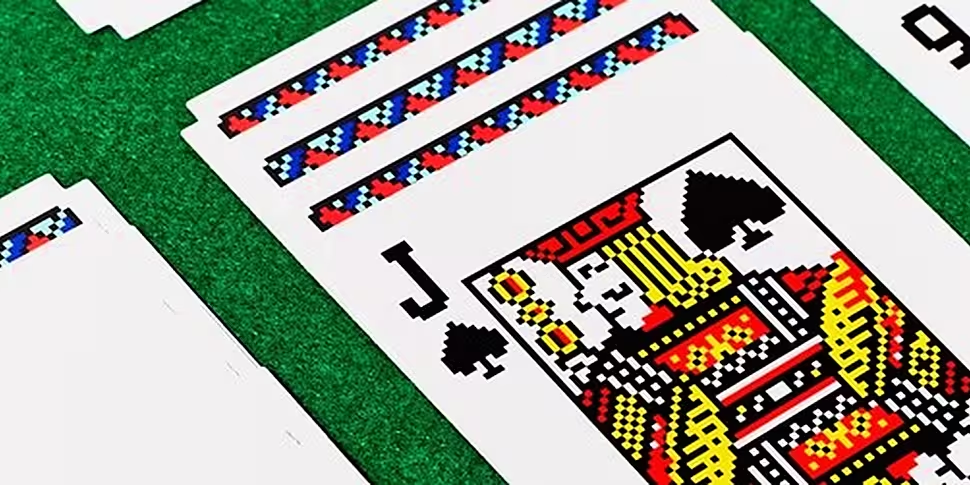For many people who first got to grips with computers around the time Windows ’95 changed the technological landscape two decades ago, one of the first tasks we learnt to master was a stressful game of Solitaire. Along with Minesweeper, Hearts, and FreeCell, these MS Games have been responsible for millions of lost hours and time wasted. Though it turns out they were not intended to entertain at all.
Microsoft first added Solitaire to its programming around the time of Windows 3.0, which debuted in the early 90s. The game, based on the card game Patience which has been played by bored players by themselves since the 18th century, was digitised and laid out on the screen, promising a future where virtual reality would replace the physical needs of shuffled entertainment.
But Solitaire actually served a very important practical purposes, hidden behind the ability to change the deck design and have the cards bounce in gleeful order if you finished the game. Its goal was to teach a technologically unaware user how to use a mouse.
The idea was that through games, computer users could stealthily be taught how to drag and drop things around the screen in a colourful and playful matter. At a time when most computer users were completely unaware how to use the mouse, it’s a credit to Microsoft’s design that dragging and dropping is so commonplace today that the idea of having to covertly teach users how to do it seems almost twee.
Minesweeper also tricked you into learning how to better control mouse fluidity and to master the difference between left and right clicking. The game, which was added to Windows 3.1 in 1992, also encouraged users to develop faster speed and precision when handling a mouse.
Hearts, which allowed players to communicate with other players on the same local network, was added to foster an interest in networking different computers, and FreeCell also got new PC users ready to try more complex tasks. In that case, FreeCell could only be run if new software was added to the computer, meaning it was a test of users’ ability to upgrade their software correctly.

The games proved to be an incredibly popular edition to the Microsoft operating system, and in a time before online flash games, they would prove to be a constant source of entertainment for a generation of computer users.
Anytime Windows hinted that it might actually scrap them from its basic package, users would call for them to be included. In 2012, however, Microsoft finally cut the cord, as Windows 8 was unveiled without the games. Users could download Solitaire and Minesweeper themselves, which came with pop-up ads, unless the user was willing to pay for the premium versions.
The most recent version of the software, 2015’s Windows 10, has returned Solitaire to its rightful place in the Microsoft universe. As for the others, searching for them redirects users to the online Windows Store, which seems a fitting tribute to the games’ original purpose; now that we’ve mastered mouse skills, the games now teach you how to navigate your way around the store instead.
[H/T: Mental Floss]










